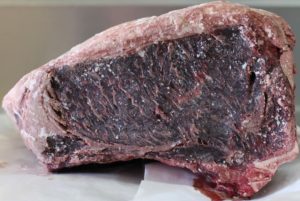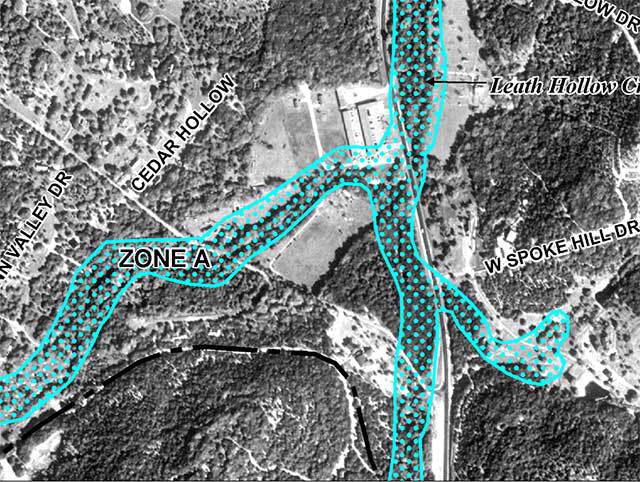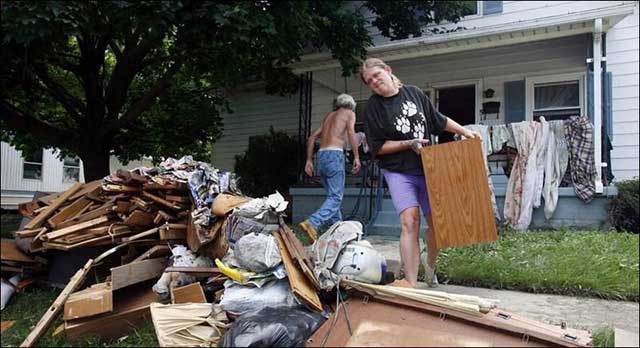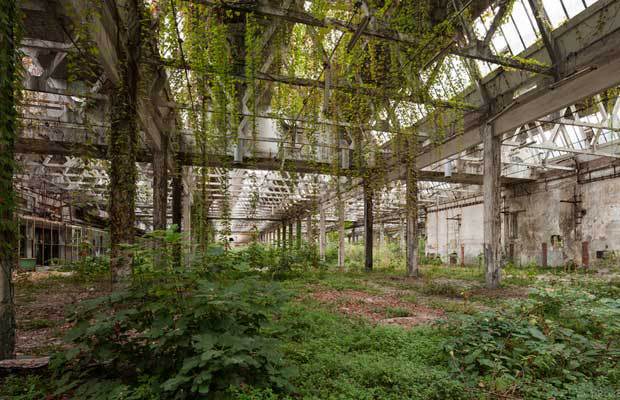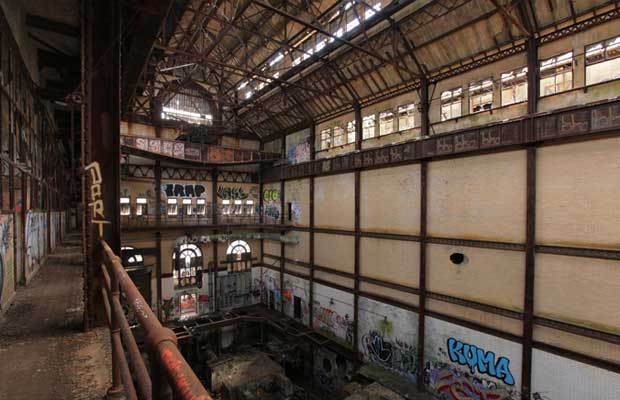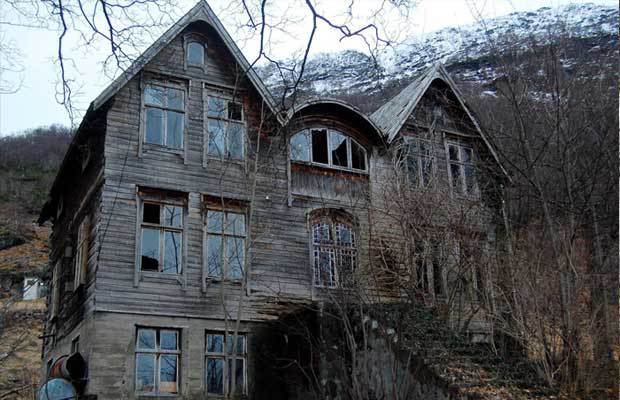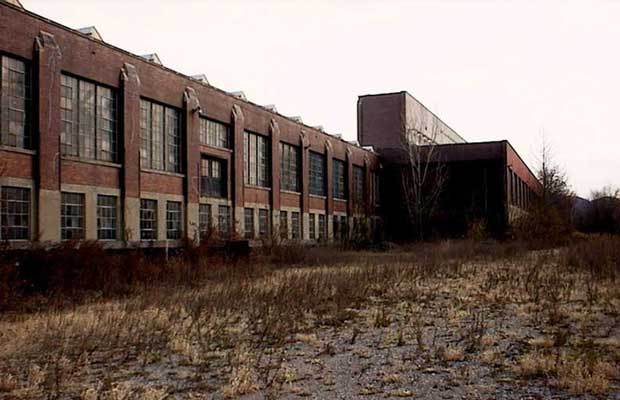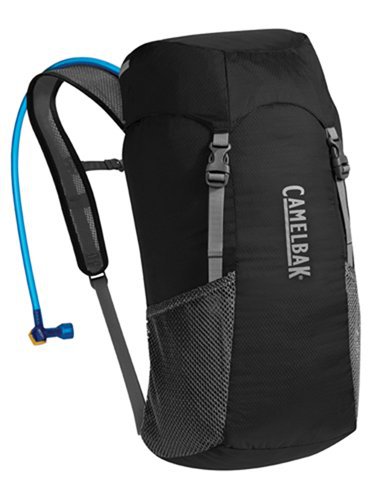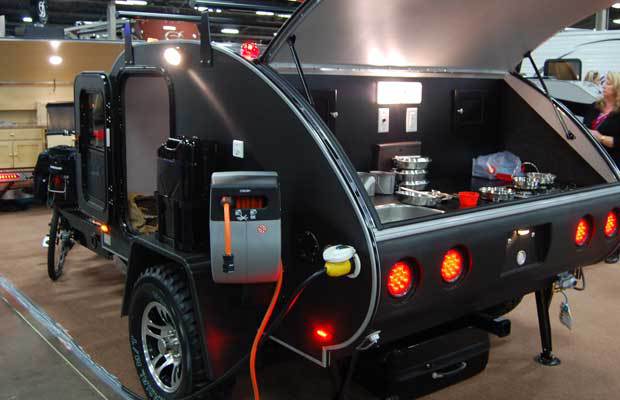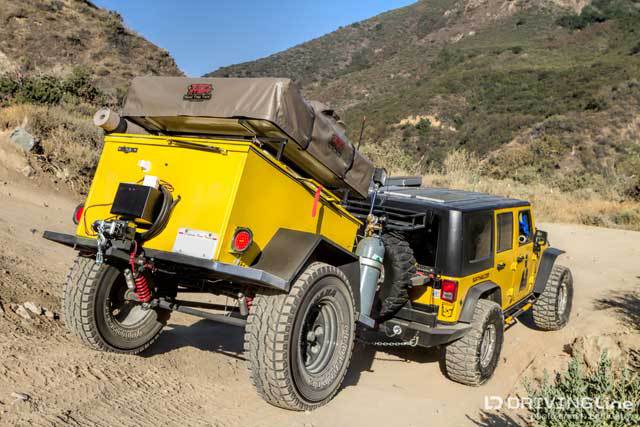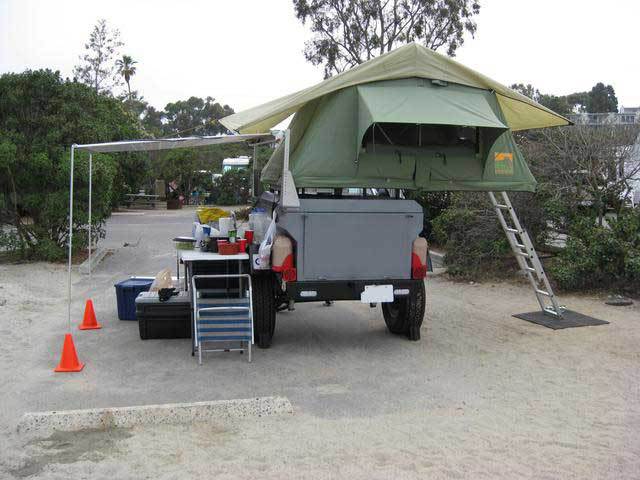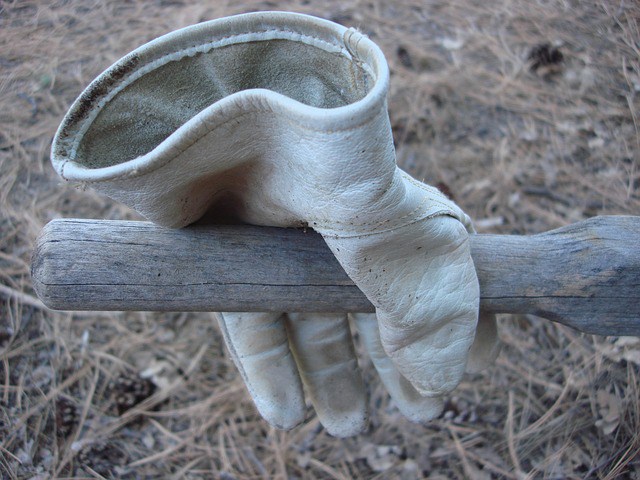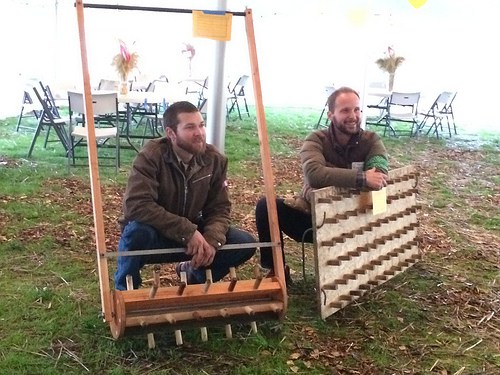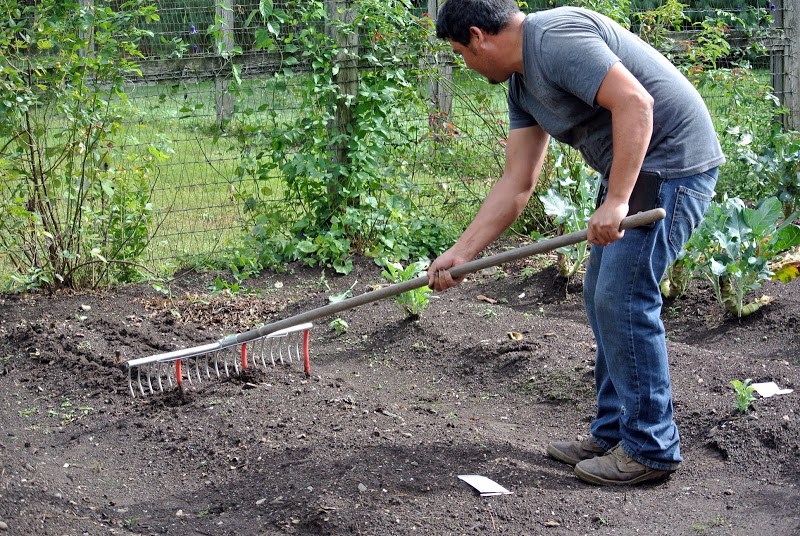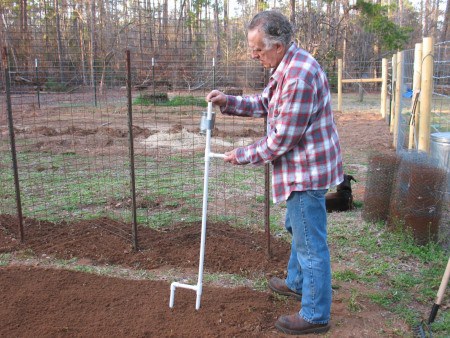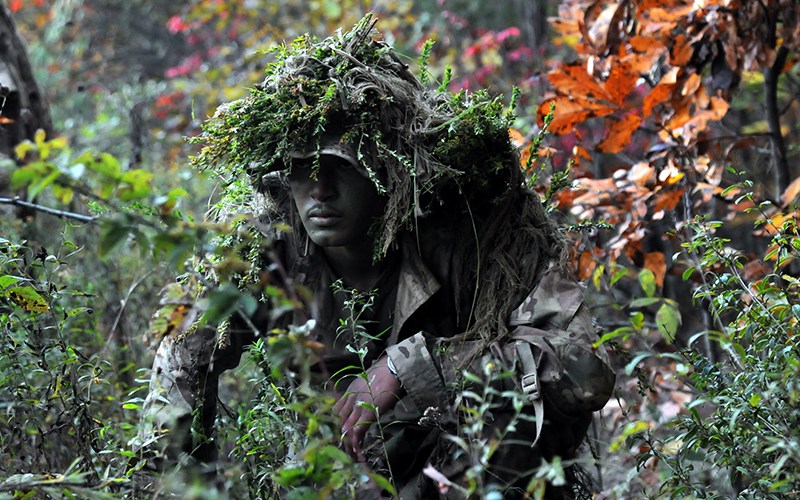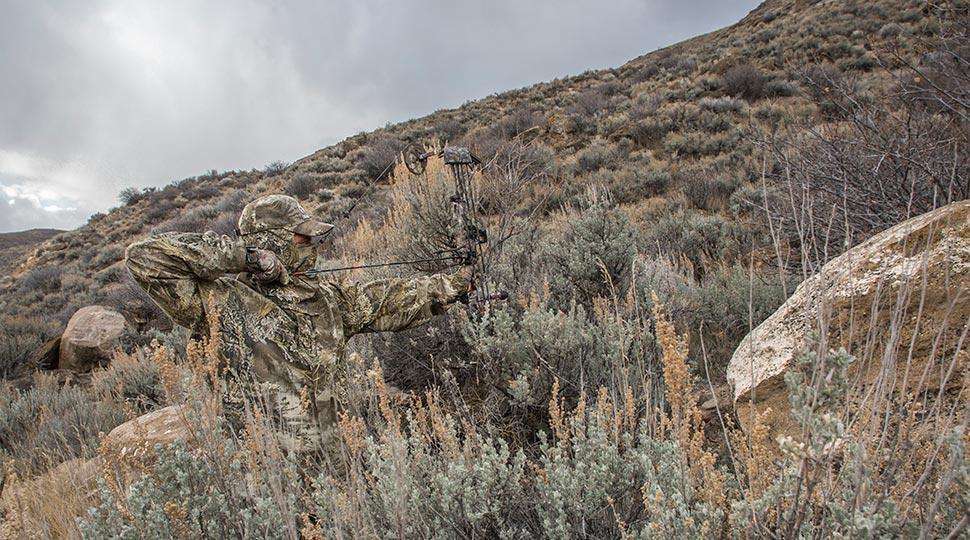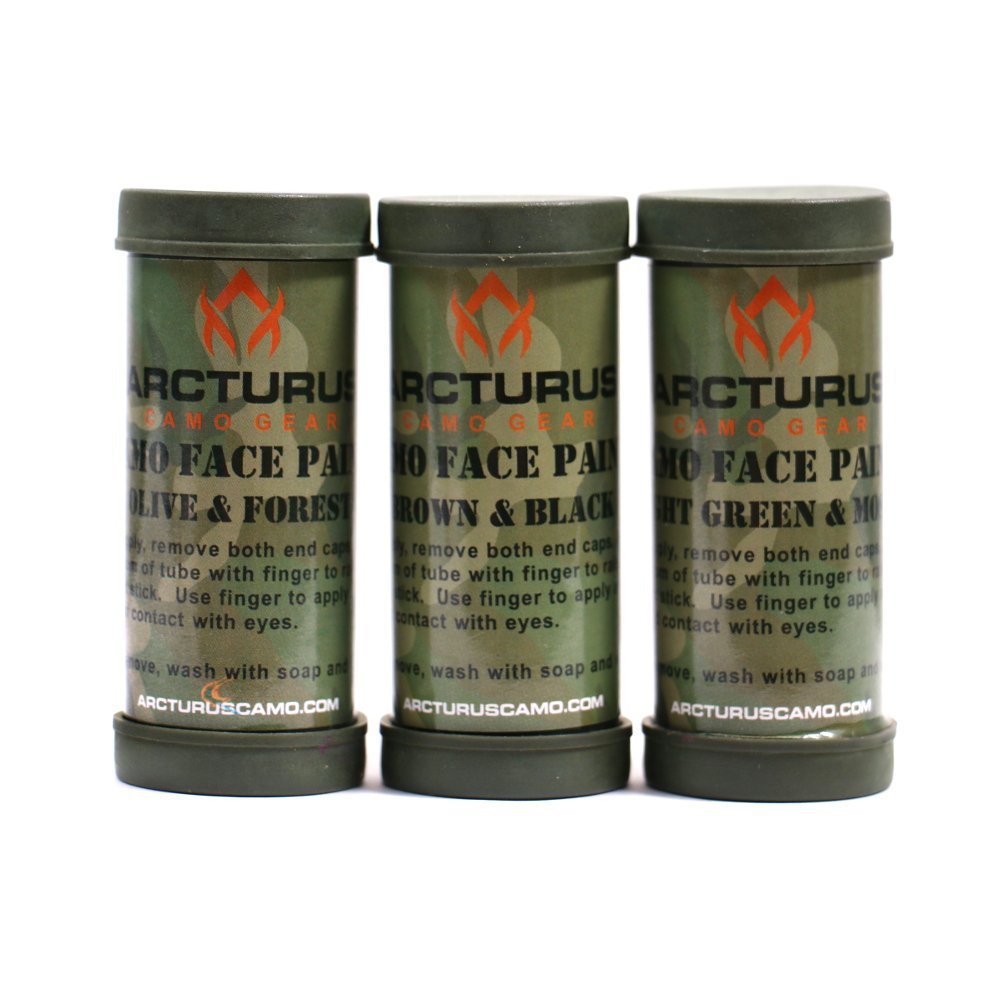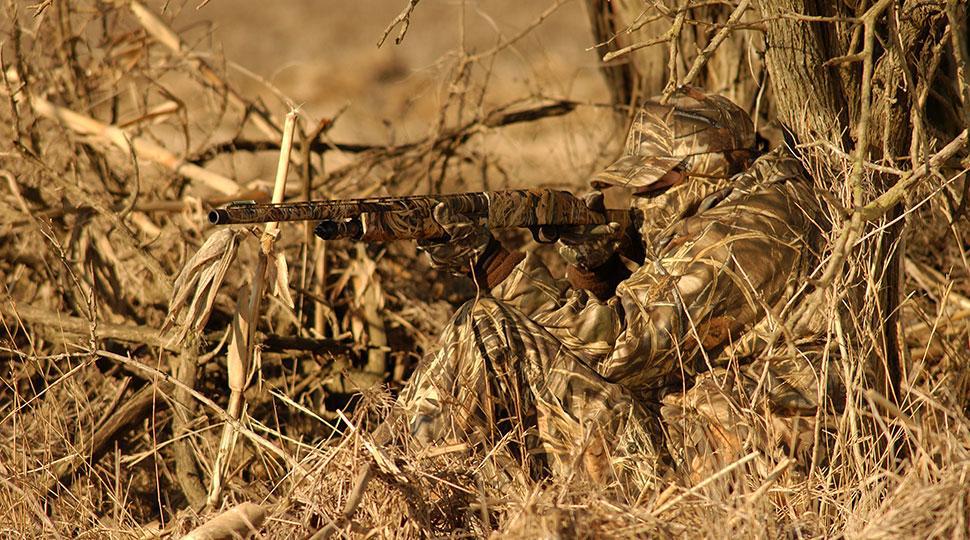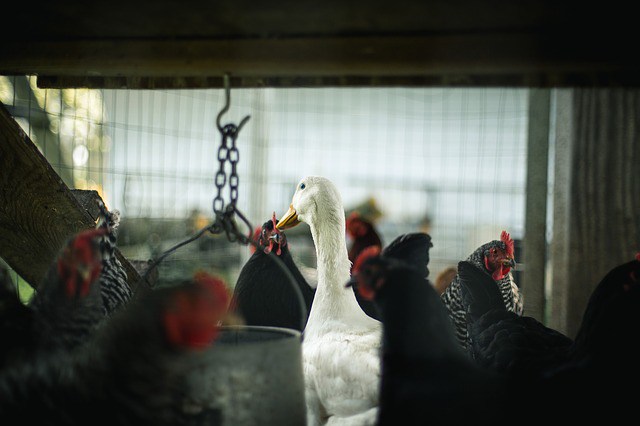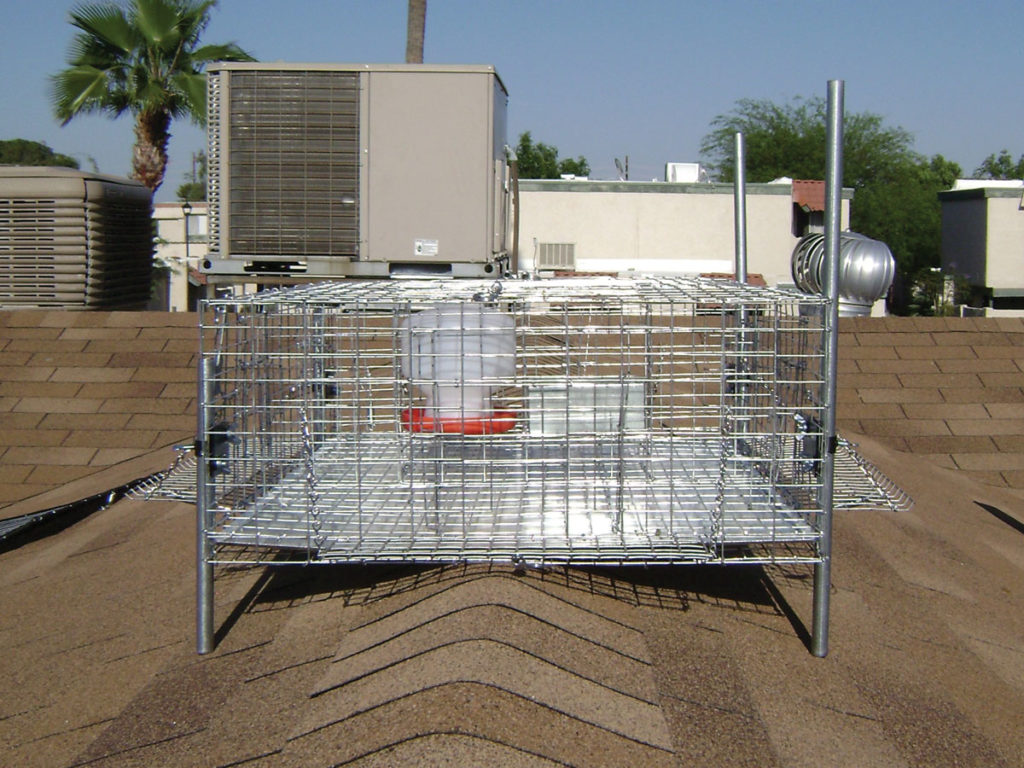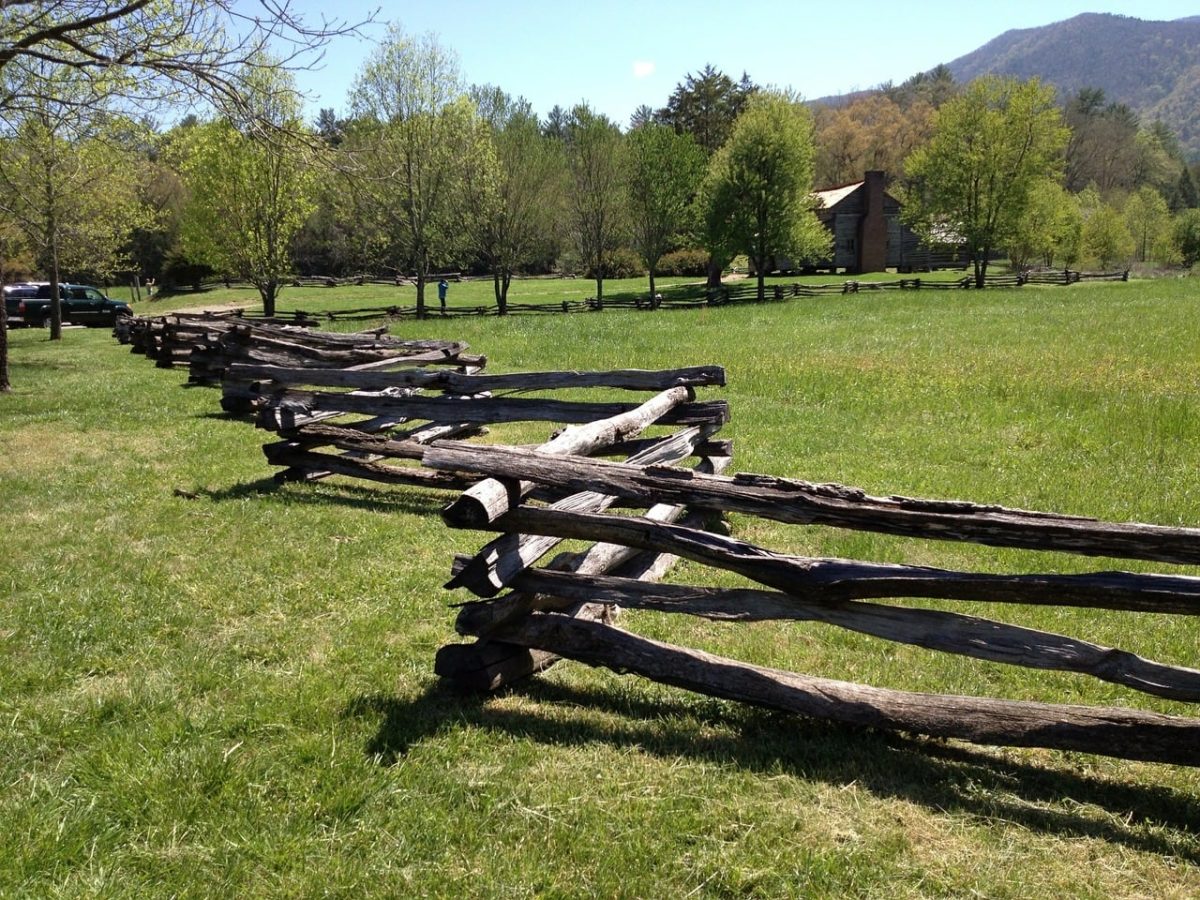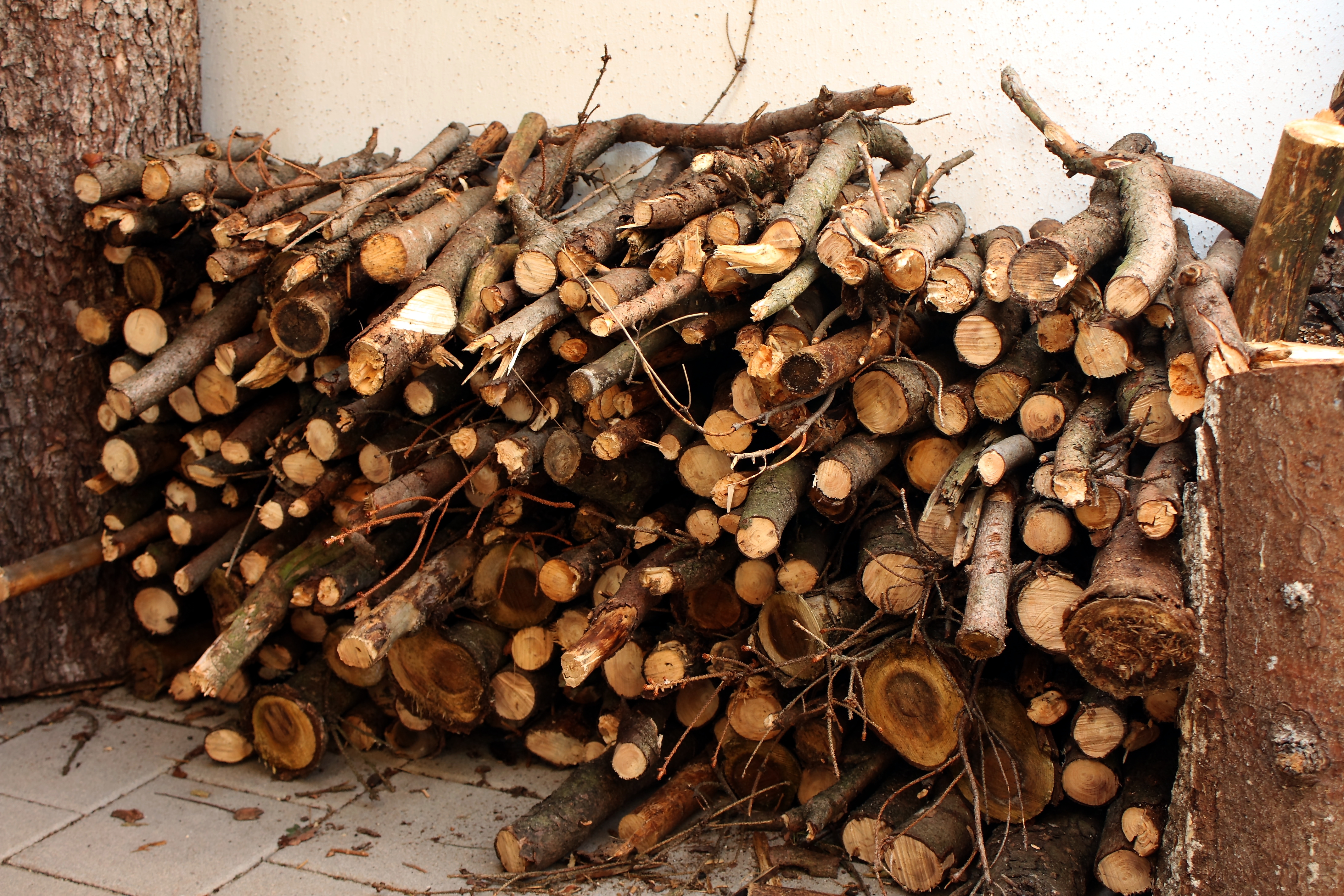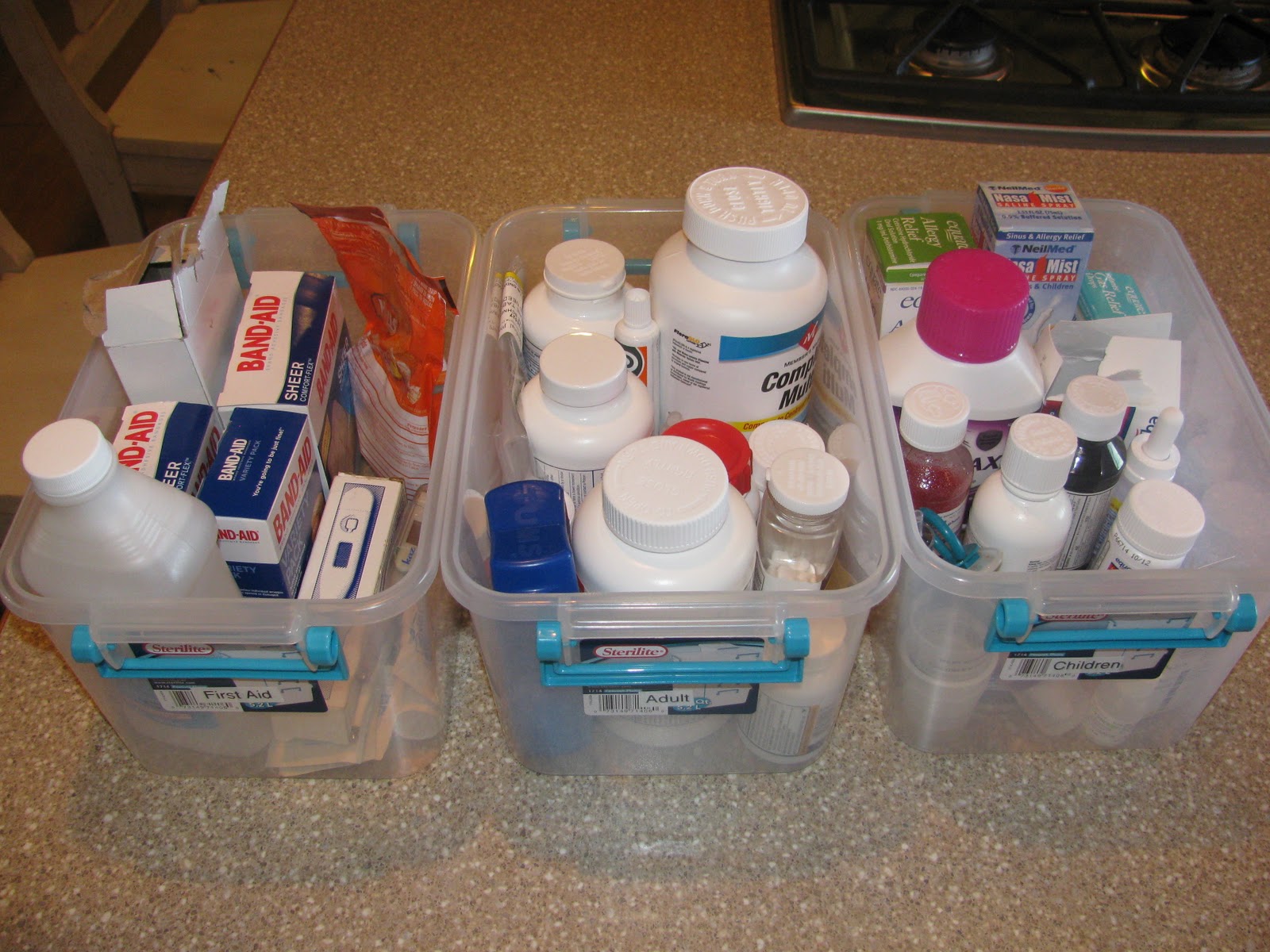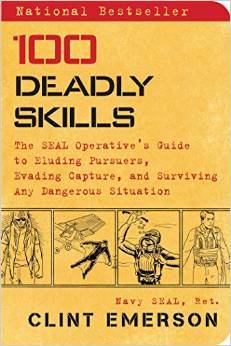Air conditioning is a pretty modern convenience. There are still lots of countries where A/C is a luxury found only in hotels, restaurants, and the homes of the rich. Little beats retreating to a lake, basement or cellar for the afternoon, but we can look at them and back in history to the 1950s and earlier to figure out how we can make our lives a little bit more comfortable when we have outages or grid-down situations. There are a ton of ways we can help cool our bodies and little changes to activity and habits that can be incorporated for beating the heat in our homes, too, but for this article, I’m going to concentrate on the dwelling space itself.
Generate Shade
The more of our buildings that we can ring with shade of some kind, the cooler the building will stay. Even so, just shading the entrances and windows of homes, cellars, and workshops can help reduce the heat inside. Shading entrances is especially good in air-conditioned or cooled spaces. It helps reduce the sudden inversion that happens when the doors open. That can be huge for a cellar being filled with harvest.
There are three ways we can generate shade around our homes: window awnings, porches, and trees.
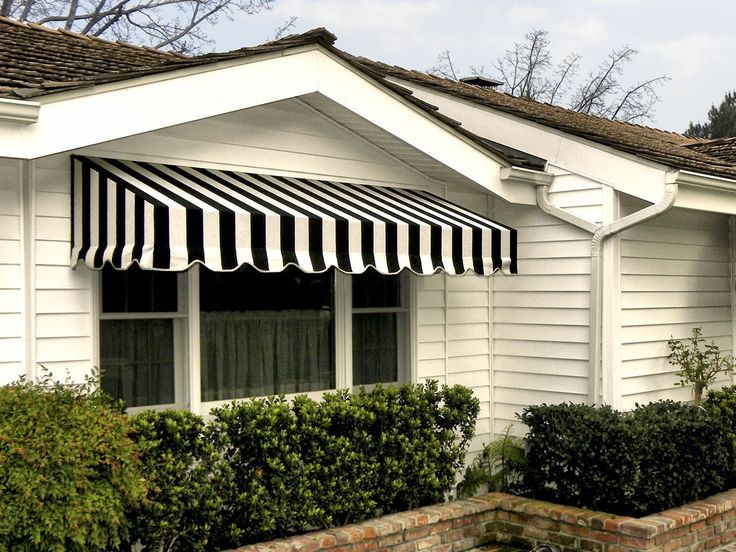
Shading windows with a short but deep awning and sheer tier curtains to reduce heating from sunlight.
Shading with window awnings helps reduce the amount of sunlight that enters the home. Old-style window awnings are deep. They’re designed to protect starting fairly early in the morning, all the way through midday into afternoon.
However, they were typically placed so they don’t actually cover much of the window. That protects from the brutal summer sun when it’s taking a high arc, while allowing for natural light early in the morning and late in the evening as the sun is setting, and for more natural light during winter when the sun’s path is at a lower angle.
Covered porches have the same effect – creating a buffer around doors if not the whole side or house. The deeper the porch, the less light will get through. There are programs available online that can help people at various latitudes figure out exactly what depth is most ideal by the compass directions, but generally 6-8’ will reduce summertime heat while still allowing for decent winter light to enter.
Deciduous trees are ideal for the southern face of a building and are regularly used on the east and west sides as well. They shade in the summer and then allow light to pass through their empty limbs in winter.

Image: The more shade we can generate, the cooler our interiors will stay.
Seasonal Window Dressing
Window dressing didn’t start out as the “just window dressing” that makes some of us crazy now. A lot of history is in all those fancy-do’s we drape around. While lace became vogue and sheers and tier curtains became the providence of rich folks, they started out as a way for poorer folks to gain some comfort without spending as much on fabric.
Sheers allow both light and airflow to enter the home, while the pale and white colors reflect back a lot of heat for us. Tier curtains originally protected the lower half of a window that wasn’t originally shaded by deep awnings or a shallower porch.
Today we also have light-blocking or “blackout” curtains. They’re typically a white backing that faces outward to bounce light and heat outside again, and any color at all that appeals on the inside. We can replicate them with white or pale green-sign Dollar Store/Tree shower curtains, or the real deal can be found even at Dollar General.

Blackout curtains reduce noon to daybreak, but because they also impact airflow, they’re more for our air-conditioned world with selective, judicious seasonal use in an outage or grid-down scenario.
Those light-blocking curtains with a solid surface are designed for an air-conditioned world, however. Pier 1 to Dollar General, they dampen airflow as well as light. If we’re going to be opening windows, we’d be better off hitting Goodwill/Salvation Army or a fabric store and picking up the oldest, thinnest white or pale-colored sheets or loose-weave blankets they have. Sheets have the bonus of a band at the top that makes for easy hanging, but there is iron-on fabric/sewing tape that can help even the most needle-challenged soul make some curtains.
Bonus Tip: We can get dark fabrics, sheets, blankets, towels, and shower curtains to get the reverse effect and create more passive solar heating in winter.
Elevated homes
In the time before air conditioning, a lot of homes were raised, with open airflow underneath. It’s still seen in some places, although it’s now more common in areas that flood or get damp in North America now.
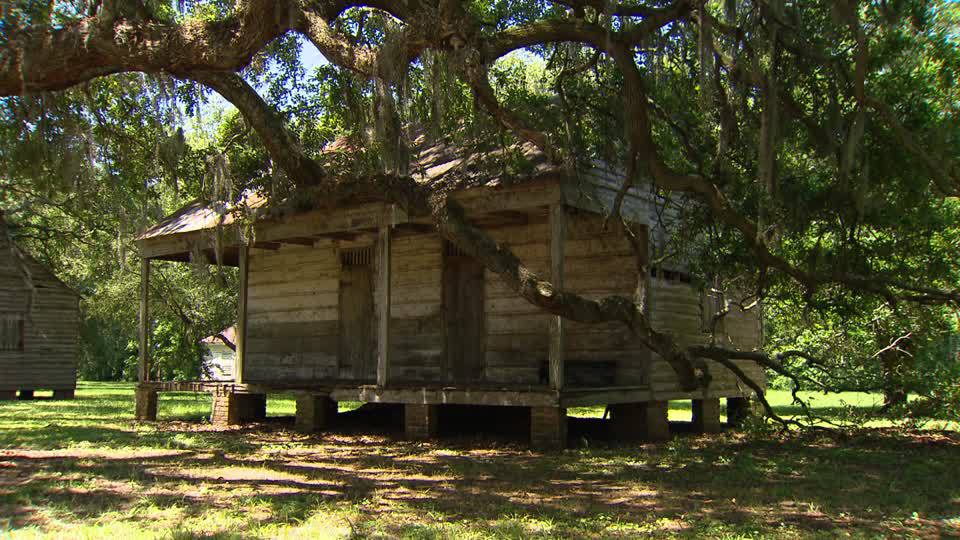
Even outside of flood plains and when windows were expensive, simple Southern shacks were elevated slightly to increase airflow and decrease inside temperature.
We can’t do much about getting a preexisting home up off a foundation, but if we decide to build from scratch or buy a new one, it’s worth thinking about. Trailers are elevated, but even modern trailers aren’t usually insulated to the same degree that a house can be, even retroactively. Unless it’s the only thing besides a windowless brick that fits the budget, being elevated isn’t enough of a selling point to go for a trailer.
Thick Construction
Houses used to be nice and sturdy, built thick and dense. In some cases, that can create an oven, but with some shade and some windows for airflow, dense construction can create very much a cave-like atmosphere. That functions both ways, heat and cold, working to keep the house or building a more constant temperature.
We can sometimes cheat our way to denser walls and ceilings even in a home we already own. The thicker we pack our insulation – and the higher the grade of the insulation we use – the more solid our walls become. It’s not that difficult to pop off drywall and replace insulation, or add additional layers to it, overlapping the edges and layers as often as possible, and it can make a big difference in our daily life energy costs as well as during grid-down times.
If we don’t want to do the whole house, we might consider doing it either on the south or west side where the sunlight and heat are most brutal, or we might consider re-insulating the ceiling of a basement to create a heat-relief cave. We could also consider buffing up the insulation if we have an interior washroom, an isolated kitchen, or some other space that generates a lot of heat.
Airflow
We can’t do much about lifting our ceilings or putting in more or wider windows without a lot of expense, but both contributed hugely to cooling homes pre-A/C.
Tall ceilings allow heat to rise and collect up out of the human-use space nearer the floor. The advent of fans increased this hugely. A fan blowing just down or across us from the ceiling or a stand feels pretty darn good. Switching the rotation or blades so that fans are actively drawing air upwards instead of blowing down was a big help.
Even with A/C, a floor fan tilted to blow cool air up away from the floor and into our living space helps lower our electrical power use even in modern times.
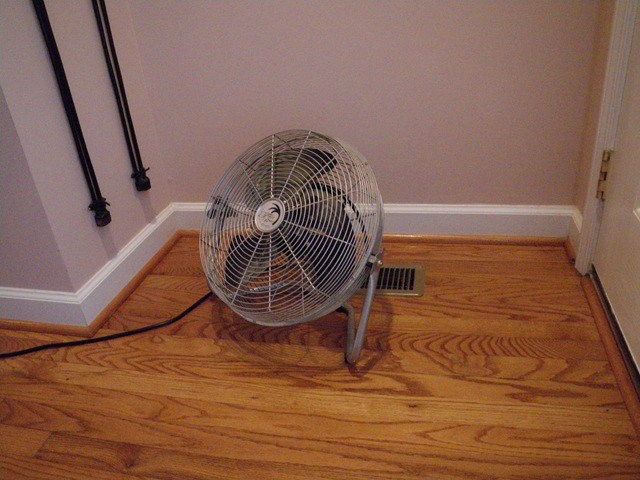
Even a small fan set to blow back up from the floor can make a huge difference in our power draws (and bills). They function similarly to the historic use of ceiling fans to draw heat up but instead, they keep cool air from settling at our ankles.
Fans can also be placed in windows. In cool weather, they’re set to draw air inside. In warmer weather, they get flipped to help shove hot air out – especially helpful in the kitchen, just like when we set off the smoke detector while frying chicken.
Fans in windows can be a big help anywhere, and make a ton of difference for homes with few windows, a lot of turns, and little natural airflow.
Homes were originally designed not to block airflow, with room flowing into each other, large pocket or double doors in central areas, and copious windows that were arranged for cross ventilation. If we have the chance to buy or build, or renovate, they’re something to add to the list to check for. We can also find out where the weight-bearing walls are and remove one or widen doorways into arches to improve airflow.
Fans can also be used to help direct airflow from one end of the funky corners or dead spaces we get a lot in modern construction to another, but with kids and pets, the oddball placement required usually isn’t worth that one. However, since fans run off so much less power than an A/C, it’s an idea to stick in the back of our heads for an outage.
Whole House Fans
These aren’t just an attic fan. These are a specific cookie that does a specific job, and does that job best under specific conditions.
This guy http://www.greenbuildingadvisor.com/blogs/dept/musings/fans-attic-do-they-help-or-do-they-hurt does such a good job explaining a whole-house fan and the conditions, I’m just going to thumbnail it. There’s also a comparison here http://www.airscapefans.com/learn-about/whole-house-vs-attic-fans.php.
Basically, a whole-house fan is specifically for cooling the house, not the attic. A whole-house fan gets turned on at night with all the windows open. It’s function is to suck all the hot air from the day up into and then out of the attic. The vacuum draws in the cooler nighttime air, especially early in the morning when it’s coolest. Then the windows and vents in the house all get shut, holding that cool air for as long as possible. The denser the construction, the better the insulation and tightness of windows, and the more shade in the afternoon, the better it works.
It’s not like opening the house to cool off when we’re pretty sure we’re running the A/C almost all day tomorrow, because the A/C is actually more efficient without having to pump out all the moisture we’re going to let in.
This isn’t a “today” deep-summer fix for most of us who deal with 90-100+ temperatures, although it can reduce temps by 10-15 degrees even into afternoon, which helps keep us from running our A/Cs at times when it’s more comfortable (reducing power costs). However, in an outage of any duration, a whole house fan – which is pulling a lot less energy and requires a less robust generator – dropping the house from more than 95 degrees F down to 85 or 80 is something of a gift. Even if it only lasts to midday and then we have to reopen the house and run house fans with the temperature creeping up into “totally miserable”, it gives us more time to do canning chores and it can make for much, much more comfortable sleeping.
Alternate Sleeping Quarters
When it was really brutally hot and sticky, folks used to take to their fire escapes and front porches to sleep. Hammocks and cots indoors or outside under mosquito netting or a fly film pavilion help by increasing airflow compared to a standard mattress.
Air mattresses and air beds are fabulous little creations that can help keep us indoors, but accomplish almost the same thing – a fun fact I learned very recently as furniture made it one way, the wrong way, and faced delays in a move. They need to be fairly decent, though. I’m partial to Coleman. I’m not allowing another Intex into my house. Others’ results may vary.

Air beds aren’t just for camping. A good air bed or air mattress on top of existing box frames or mattresses can help reduce heat while sleeping, providing more relief in summer the way hammocks once offered a cool-air option on the porch for sticky southern nights and afternoon siestas.
I have no idea how exactly air beds/mattresses manage it, but I can guess that the big pocket of air they store acts like insulation and then becomes a cold sink. I came to this conclusion because I’ve found that air beds are cooler than air mattresses. With an air mattress, I’m comfortable a few degrees warmer than usual. With an air bed I’m sleeping like a baby and reaching for a light blanket at the temperatures where I’m normally tossing and turning on our (stupidly expensive, was-going-to-be-perfect) $1K mattress system and crazy expensive stay-cool pillows. It was significant enough a reduction while I was by myself for a month, I threw one on the guest bed and I just sleep there when I’m hot (most nights).
Cooling Homes & Selves
There are lots of ways we can cool ourselves as well as our homes. Certain animals, the elderly, young children, and people with respiratory issues (even just allergies) are more sensitive to heat and heat stresses, and it’s important to know ways to help them and have somewhere for them to retreat from the heat. That might mean rigging an Egyptian cooler so there are cool, damp cloths for wiping down, or it might mean putting together enough of a battery bank or quiet generator to keep fans going. We’ll adjust, to some degree, but if a crisis hits during summer or it’s just a temporary outage, knowing some ways to cool a house can help with the adjustment.
This is about houses, but I can’t miss the chance to plug water. In high heat, I consume a gallon and a half of just water, and another gallon of things made with water. Getting some fans, getting fixed-shut windows opened, and installing screens are important, but we also need to be budgeting for water, whether it’s storage or catchment or our backup well or spring systems. Being 10 degrees cooler isn’t going to save us from dropping due to dehydration.
The more of our buildings that we can ring with shade of some kind, the cooler the building will stay. Even so, just shading the entrances and windows of homes,


